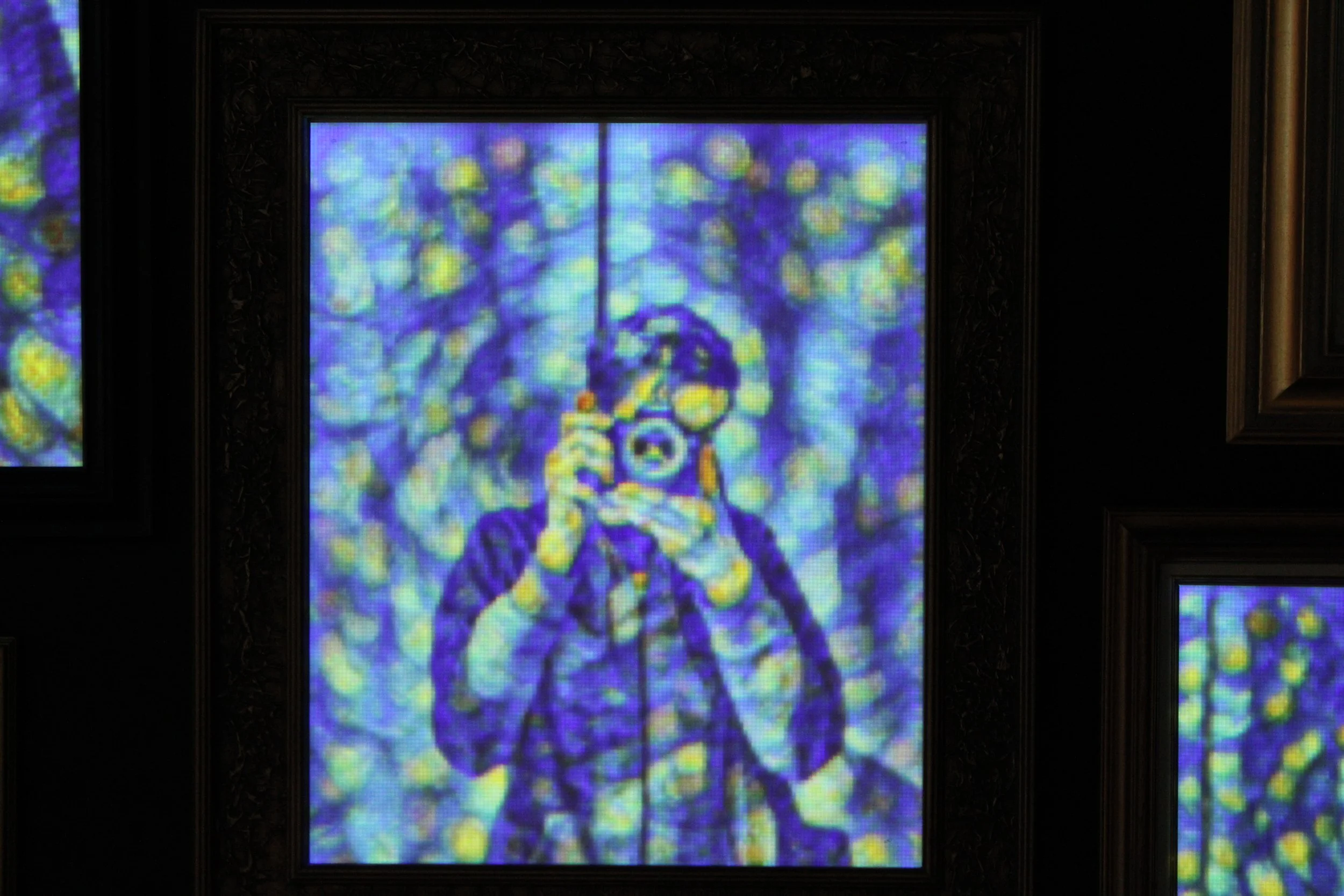Framing Awareness: The Crucial Role of Nature Photography in Earth Advocacy
Capturing Life: The Profound Significance of Photography in Our Society
In the face of escalating environmental challenges, the profound impact of nature photography in advocating for our planet cannot be overstated. Beyond its aesthetic appeal, nature photography serves as a dynamic catalyst for fostering awareness, evoking emotions, and inspiring meaningful action toward environmental conservation. This comprehensive exploration delves into the multifaceted significance of nature photography, elucidating its role in bridging global awareness and influencing positive change.
Nature photography possesses a unique ability to transcend linguistic and cultural boundaries, communicating with people worldwide through the universal language of visuals. These captivating images capture the essence of the natural world, from sweeping landscapes to microscopic ecosystems, forging a profound connection between viewers and the planet. In a time when information overload is a constant challenge, the simplicity and impact of a single photograph can convey complex environmental narratives in ways that resonate universally.
The emotional resonance elicited by nature photography is a pivotal factor in its efficacy as an advocacy tool. When individuals are confronted with powerful images depicting the consequences of environmental degradation, such as a polar bear stranded on a melting iceberg or a rainforest devastated by deforestation, a visceral emotional response ensues. This emotional connection serves as a catalyst for empathy and compassion, compelling viewers to reevaluate their relationship with the environment and take personal responsibility for sustainable living.
Nature photographers often embark on journeys to remote and inaccessible locations, capturing images that unveil the hidden wonders of our planet. These photographs bring the unseen to light, exposing the fragility and resilience of ecosystems rarely witnessed by the majority. By showcasing these untouched environments, nature photography becomes a bridge, connecting individuals to the realities of the Earth's ecosystems and inspiring a sense of stewardship for the planet's well-being.
Numerous nature photographers dedicate their craft to environmental conservation, employing their images to advocate for the protection of endangered species and habitats. Visionaries like Joel Sartore, with projects like the Photo Ark, commit to documenting every species in captivity, drawing attention to the critical need for conservation measures to safeguard our planet's biological diversity. Through their lens, these photographers contribute to the collective effort to conserve biodiversity by compelling individuals and organizations to prioritize conservation initiatives.
Beyond raising awareness, nature photography serves as a compelling call to action. By presenting visually striking evidence of environmental challenges, photographers motivate viewers to actively participate in sustainable living practices, support conservation initiatives, and engage in environmental advocacy. The persuasive power of a well-composed photograph lies not only in its aesthetic allure but in its potential to ignite a sense of responsibility, mobilizing individuals to become proactive stewards of the Earth.
In the contemporary era of social media, nature photography finds an unparalleled platform for global dissemination. Platforms like Instagram, Facebook, and Twitter transform into virtual galleries, allowing photographers to share their work with diverse audiences. This democratization of information amplifies the impact of nature photography, reaching individuals who may not have access to traditional conservation campaigns. The viral spread of impactful images facilitates a broader and more inclusive dialogue on environmental issues, fostering a sense of collective responsibility and encouraging collaborative action.
As a multifaceted medium, nature photography plays an integral role in advocating for Earth's well-being. Its capacity to convey beauty, vulnerability, and urgency makes it an invaluable tool for raising awareness and inspiring meaningful action. In navigating the complexities of the 21st century, the lens of a camera continues to capture the essence of our planet, motivating individuals to appreciate, protect, and actively participate in the preservation of Earth for generations to come. Through the lens, the Earth's story unfolds, compelling us all to become conscientious custodians of our shared home.
Capturing Life: The Significance of Photography in Society
Capturing Life: The Significance of Photography in Society
Photography, often celebrated as the art and science of capturing light, stands as an enduring medium that plays a pivotal role in shaping the fabric of our society. Its significance extends far beyond the realm of mere image capture; photography serves as a universal language, transcending linguistic and cultural barriers to connect people across the globe. In this essay, we will delve into the multifaceted importance of photography in our society, exploring its historical roots, its profound impact on personal and cultural expression, and the myriad benefits it brings to individuals and communities.
Photography stands as an indispensable tool for documenting history, providing humanity with a visual archive of the past. Unlike written records, photographs offer a tangible and visceral connection to historical events, allowing individuals to bear witness to and comprehend moments that have shaped societies. Iconic images, such as the raising of the American flag at Iwo Jima or the haunting photograph of the Vietnamese girl fleeing napalm during the Vietnam War, have become symbols etched into collective memory. These powerful images not only narrate stories but also evoke visceral emotional responses, creating a profound impact on the collective consciousness of society.
The role of photography as a powerful medium for personal and cultural expression is undeniable. From capturing the raw essence of diverse landscapes to documenting the subtle nuances of daily life, photographers possess the ability to tell stories without uttering a single word. In the realm of art, photographers convey emotions, challenge perspectives, and provoke thought through their compositions. The advent of social media platforms has democratized photography, enabling individuals from all walks of life to share their unique perspectives and experiences. This democratization fosters a sense of cultural diversity and inclusivity, turning photography into a dynamic force for societal representation.
Beyond its aesthetic and documentary functions, photography has evolved into a potent tool for advocacy and social change. Photojournalists, equipped with their lenses, have played a pivotal role in drawing attention to social injustices, human rights violations, and environmental crises. Images have the power to mobilize public opinion, galvanize movements, and hold those in power accountable. The global impact of photojournalism is palpable in instances such as the Civil Rights Movement in the United States, where powerful images, like those capturing Martin Luther King Jr.'s speeches or the brutal attack on peaceful protesters in Selma, played a crucial role in shaping public opinion and instigating policy changes.
Preserving Memories and Creating Connections:
Photography fulfills a fundamental human desire to preserve memories. In a digital age dominated by transient information, photographs act as tangible anchors to the past. Whether it is capturing the joy of a wedding, the innocence of childhood, or the camaraderie of friends, photographs freeze moments in time, allowing individuals to revisit and cherish them throughout their lives. Additionally, photography facilitates the creation of connections across generations by providing a visual narrative of family histories, traditions, and cultural heritage.
Photography also holds significant educational value, offering a unique way to learn about different cultures, historical events, and scientific phenomena. In classrooms, visual aids like photographs enhance the learning experience by providing concrete examples and fostering engagement. Through photography, students can develop a more nuanced understanding of complex subjects, stimulating their curiosity and critical thinking skills.
In essence, photography transcends its role as a simple act of capturing images; it is a dynamic and integral part of our society. Its historical significance, role in personal and cultural expression, advocacy potential, and educational value collectively contribute to its enduring importance. As technology advances, the power and reach of photography will likely continue to expand, further influencing how we perceive and interact with the world around us. Photography is not merely an art form or a means of documentation; it is a vibrant and evolving language that speaks to the heart of our shared human experience.

